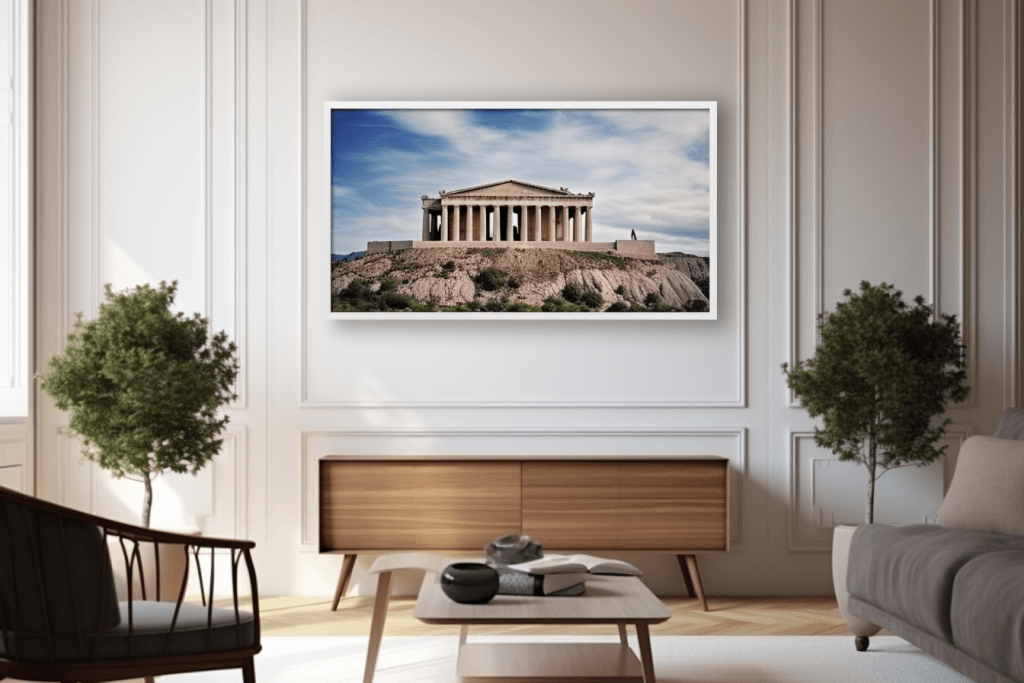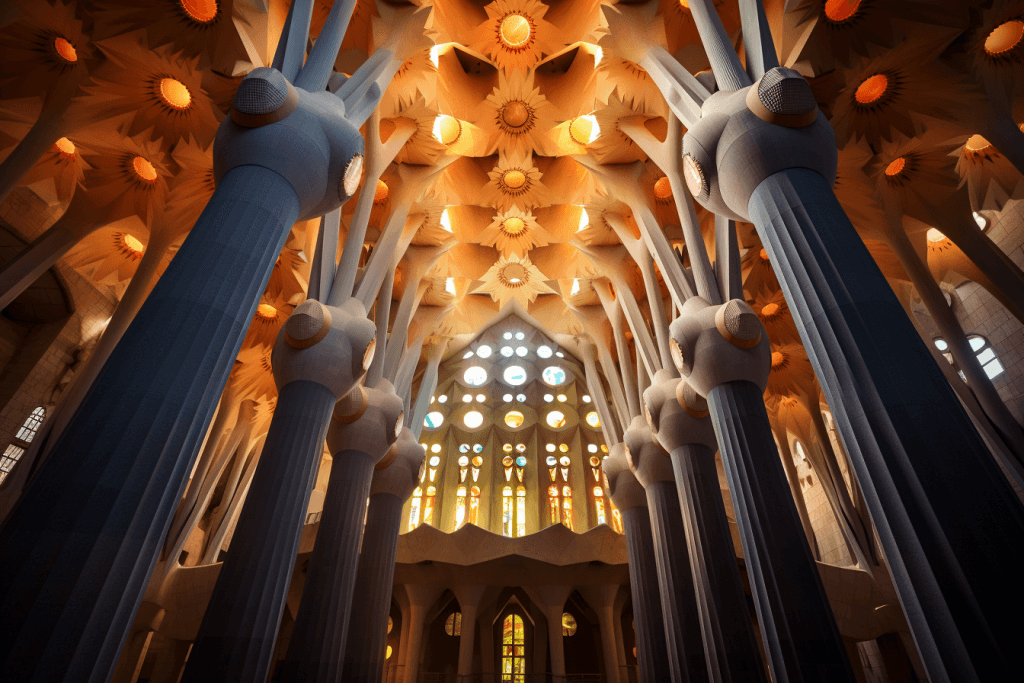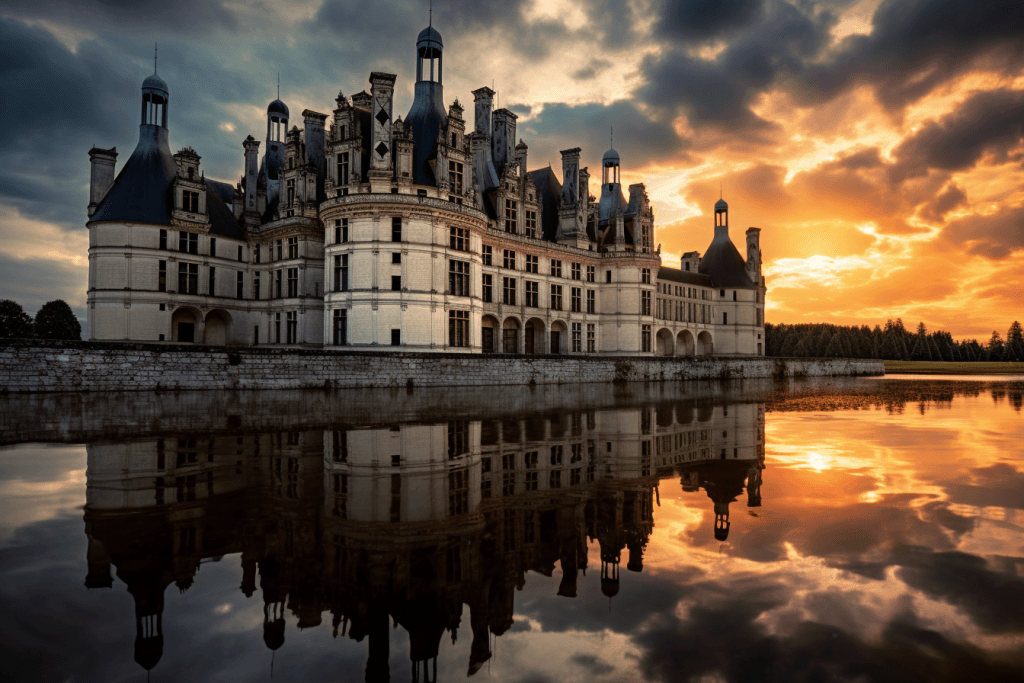Architectural art, get inspired !
Architectural art, also known as architectural aesthetics, refers to the creative and aesthetic aspects of architecture. It encompasses the design and visual elements of buildings, structures and spaces. These are intended to evoke a sense of beauty, harmony, and emotion. Architectural art is an integral part of the field of architecture and plays a significant role in shaping the built environment.
Key aspects of architectural art include:
- Architects employ design principles to craft structures that are not only functional, but also aesthetically pleasing. This encompasses thoughtful elements of proportion, balance, symmetry, and arrangement, resulting in a well-balanced composition.
- The selection of materials and their textures exert a profound impact on both the visual and tactile aspects of a building. Diverse materials like glass, concrete, wood, and stone open up a plethora of aesthetic possibilities that architects can explore to elevate their designs.
- Ornamentation in architectural art encompasses a range of decorative elements, including sculptures, carvings, mosaics, and intricate patterns. These artistic additions serve to enhance the visual appeal of a building, elevating its aesthetic allure and captivating the beholder.
- Color plays a crucial role in defining a building’s aesthetic, both in its exterior and interior. Carefully chosen color schemes have the power to evoke diverse emotions and themes. Adding depth and character to the overall design.
- The interplay between light and shadow has the power to elevate the three-dimensional nature of architecture. Infusing designs with depth and a captivating sense of drama. This enchanting dance between light and shadow enhances the inherent beauty of every structure.
- Architectural art takes into account the surrounding environment, historical and cultural context. As well as the relationship between a building and its site. This thoughtful approach results in visually captivating structures that also honor and harmonize with their surroundings.
- Across various cultures and eras, a rich array of architectural styles and forms has emerged . Serving as a testament to their distinctive artistic and cultural values.
Architectural art is subjective and open to interpretation, as people may have different opinions and emotional responses to architectural designs. It is an important component of the broader field of t are both functional and aesthetically pleasing.architecture. This can encompasses both artistic and practical considerations to create structures tha
Achitectual art locations
Architectural art can take many forms and styles, and it has been present in various cultures and time periods. Here are some examples of architectural art from different parts of the world:
- The Taj Mahal, India: This iconic white marble mausoleum in Agra, India, is a masterpiece of Mughal architecture. Its symmetrical design, intricate carvings, and use of precious stones inlays make it a prime example of architectural art.
- : An ancient Greek temple dedicated to the goddess Athena, the Parthenon in Athens is renowned for its Doric columns, architectural proportions, and sculptures that adorn its pediments and friezes.
- Sagrada Família, Spain: Designed by architect Antoni Gaudí, this basilica in Barcelona is known for its unique, organic architecture. Its sculptural facades, innovative use of materials, and colorful stained glass windows are striking examples of architectural art.
- St. Peter’s Basilica, Vatican City: This Renaissance-era basilica designed by architects including Donato Bramante and Michelangelo. This features a vast dome, ornate interiors, and sculptures by artists like Bernini. It’s a prime example of religious architectural art.
- Sydney Opera House, Australia: Designed by Jørn Utzon, this modern architectural marvel is characterized by its distinctive sail-like shells and is an iconic example of 20th-century architectural art.
- Hagia Sophia, Turkey: Originally constructed as a cathedral and later converted into a mosque. Hagia Sophia features a massive dome and intricate mosaics that reflect both Byzantine and Islamic architectural art.
- The Guggenheim Museum, United States: Designed by Frank Lloyd Wright, this museum in New York City is known for its spiral ramp, unique design, and use of geometric forms. Making it a notable example of modern architectural art.
- Château de Chambord, France: This Renaissance château in the Loire Valley is known for its elaborate French Gothic and Italian Renaissance architectural elements. Including turrets, ornate chimneys, and a double-helix staircase.
- The Great Wall of China, China: While primarily a defensive structure, the Great Wall also represents a massive feat of architectural art with its strategic design, watchtowers, and the way it weaves through the landscape.
- Angkor Wat, Cambodia: This stunning temple complex is a prime example of Khmer architecture and is known for its intricate bas-reliefs, towering spires, and intricate layout.
Conclusion
These examples showcase a wide range of architectural styles. From classical to modern, and demonstrate the artistic and cultural diversity found in architecture around the world. Architectural art is not limited to grand monuments.It can also be seen in everyday buildings and structures, both contemporary and historic. Many of these Cool Achitectural styles can me some very cool art. The griddy look of of brushed metal prints can be a great choice.










